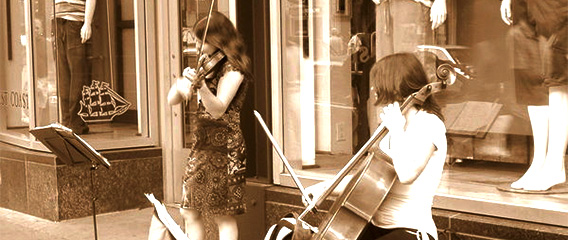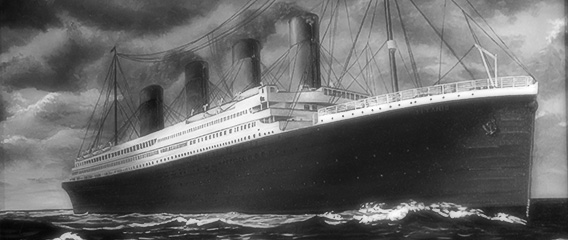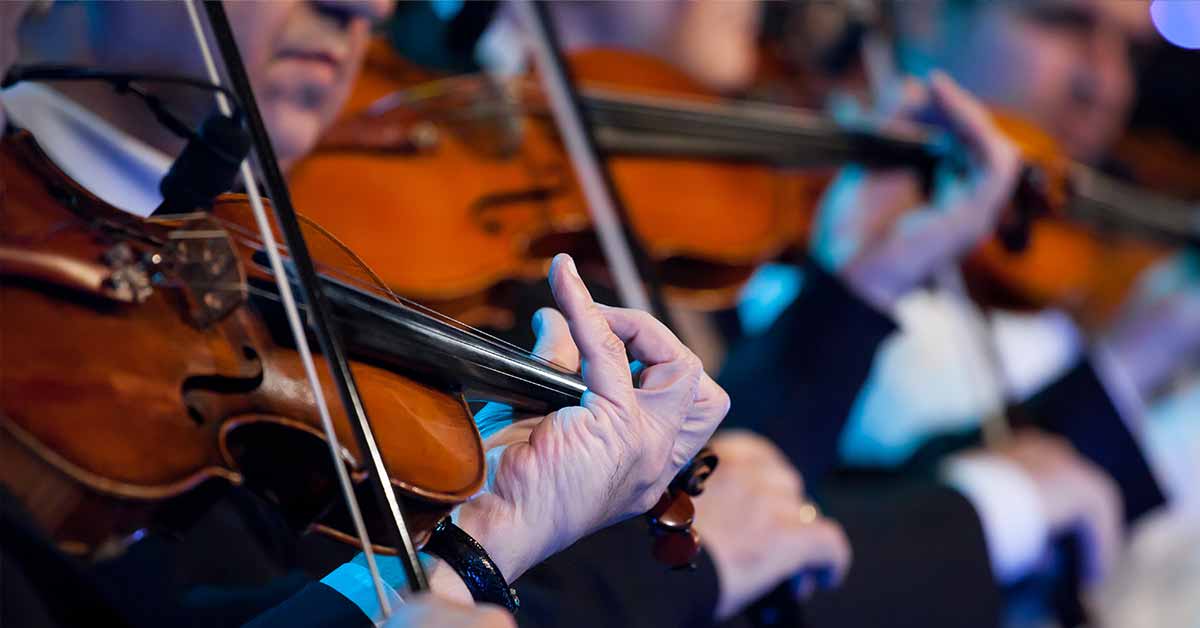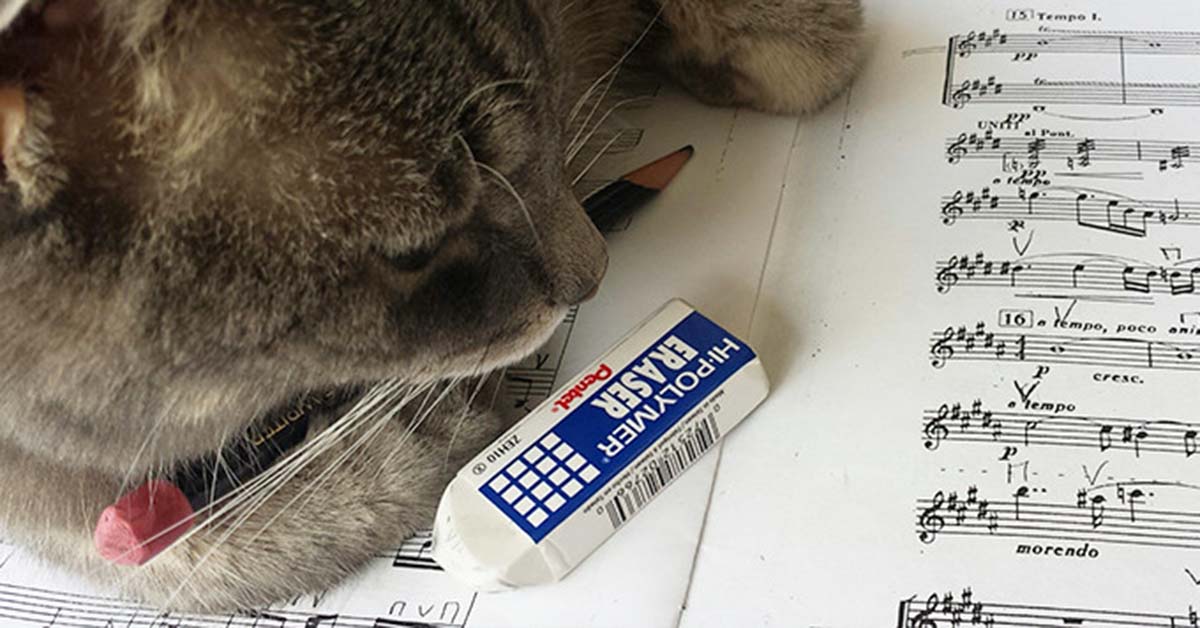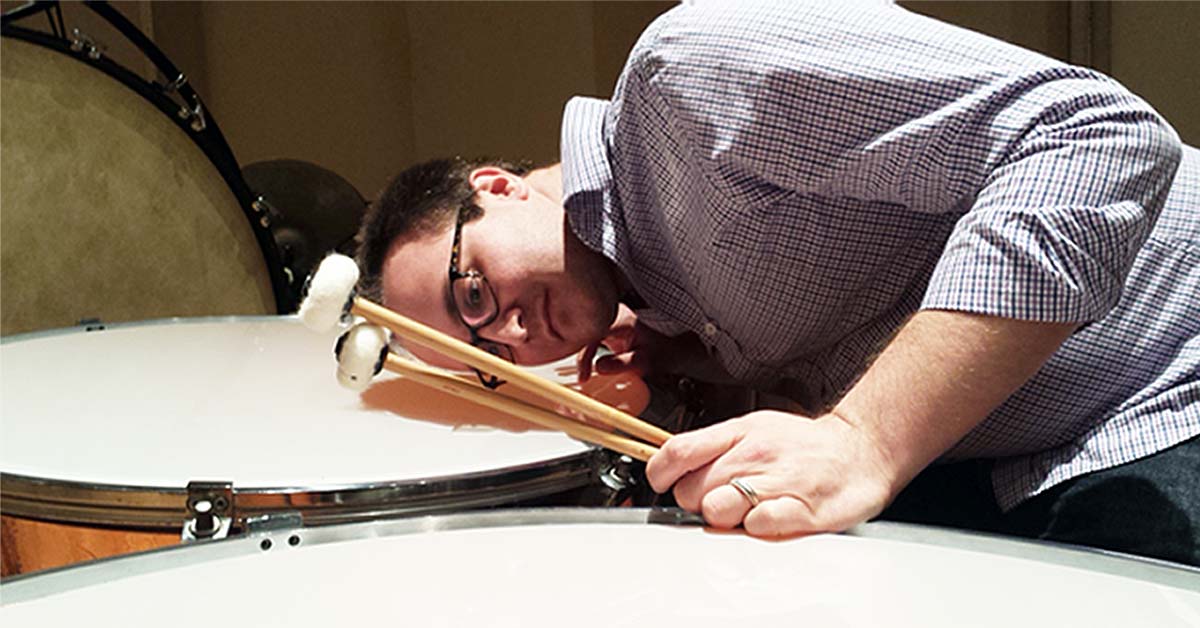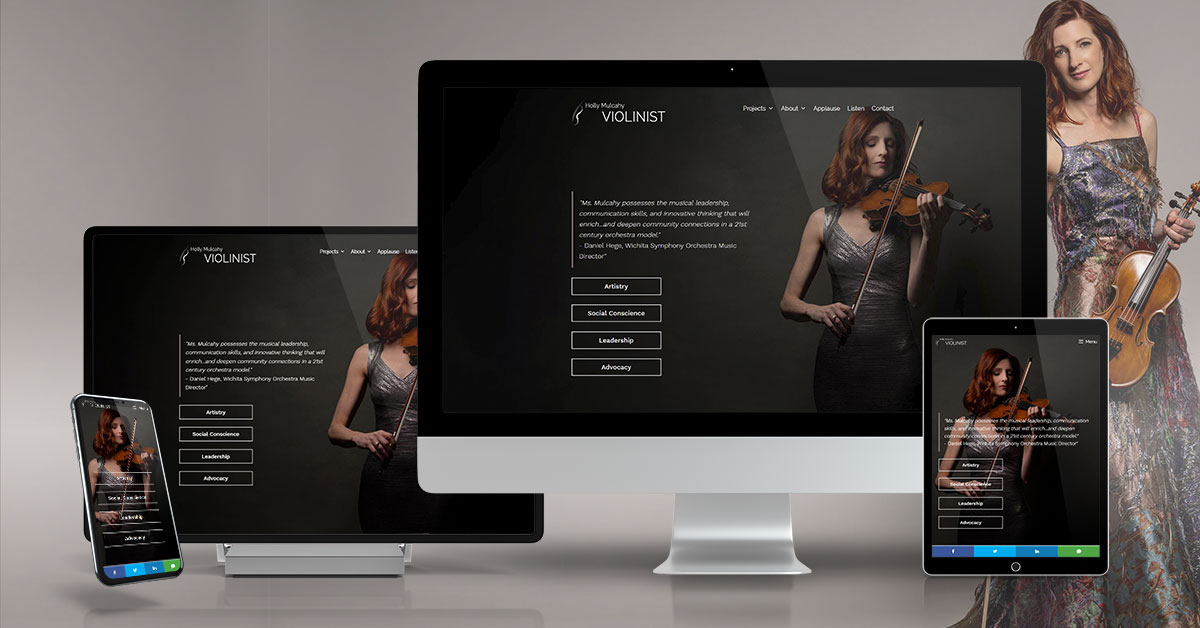In the etiquette books I featured last month, great detail and care was given on proper behavior to enhance one’s enjoyment of attending concerts and shows. Flowery texts used wit and sincerity to give the readers every chance to share a wonderful concert experience.
 Holly Mulcahy
Holly Mulcahy
Orchestra Etiquette Part I
Whether you are the person sheepishly turning off the ringing cell phone during the quiet movement, or the annoyed and indignant person sitting next to the offender, there’s no denying there are certain rules and etiquette for orchestral concerts.
While playing the Verdi Requiem last month, I heard a cell phone go off. The offender was seated pretty close to my position on the stage and I caught a glimpse of the incensed woman seated next to the tuneful cell phone’s owner. The woman’s very direct, and frankly, well practiced insistent look said more than words. And then I caught the slightest glimmer of a self-satisfying smirk on the woman’s face as the offender frantically silenced his phone. Despite the fact that I felt sorry for the man, he was warned in print and with an announcement before the concert.
Lambs to Slaughter; eroding the value of mentoring programs.
With the financial crisis taking its toll, many performing arts groups are finding they can save money by filling professional orchestras with free labor. One of the increasingly popular methods is to offer mentoring opportunities for talented conservatory students. Unpaid college students receive an opportunity to play in a professional situation, gain some experience, and get mentored by the professional musicians.
This is a very dangerous trend.
It’s Black and White; the hidden effects of cutting corners
Coda
It was a combined effort of several orchestras and several conductors that helped raise money for the dead musicians’ families. Edward Elgar, Thomas Beecham, The London Symphony and The Philharmonic Orchestra were just some of the star players we’d recognize in this decade. In total, 500 musicians filled the stage at Royal Albert Hall, with an audience at capacity to hear the concert that May afternoon.
So touching was this concert, it made headlines in both Europe and the United States. The only thing to eclipse the concert’s sheer size was the funeral from the previous week. It was for the band leader of the musicians who perished. Aside from the packed funeral route and overflowing church, seven brass bands led the procession to the church (photo), making it seem grander than any parade for nobles or celebrities.
Orchestra Smaland; what a Swedish mega-retailer can teach classical music about building a customer base
That old saying, the apple doesn’t fall far from the tree, applies to classical music audiences now more than ever. Everyone remotely involved in the orchestra business is already aware that audiences are looking older and it is becoming harder to get younger listeners into the hall. And not only is there difficulty of pulling in patrons under 40, there is the ongoing challenge of keeping children educated about classical music so we can have some idea that there will be an audience for future generations.
I’ve made a point to ask my non-concertgoing, under 40 friends what is keeping them from coming to a concert. Ticket price was one concern, but almost all of them mentioned the added bother of babysitting and parking expenses seemed to make the entire evening more of a huge inconvenience than not. Yet these same friends have no trouble going furniture shopping at IKEA for several hours with their kids in tow.


